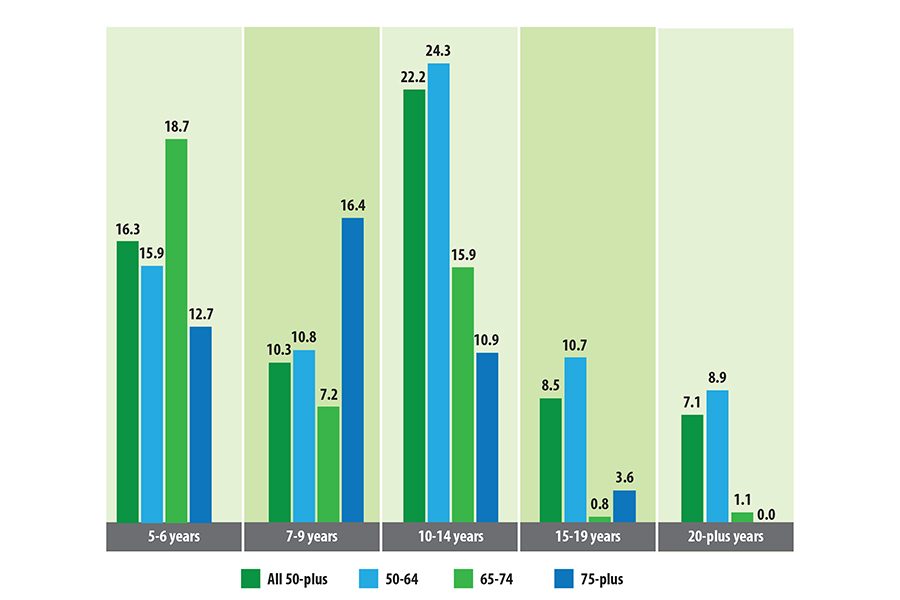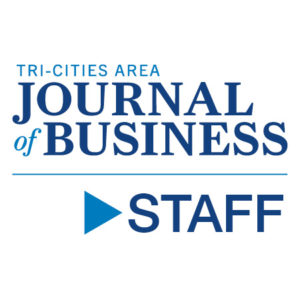
Home » AARP study: Age discrimination costs economy billions a year
AARP study: Age discrimination costs economy billions a year

February 18, 2020
Age discrimination
against people age 50 and older robbed the economy of $850 billion in 2018,
according to a new AARP report.
Research shows that
the 50-plus population contributed 40 percent of the U.S. Gross Domestic
Product, or GDP, in 2018, creating 88.6 million jobs and generating $5.7
trillion in wages and salaries through jobs held directly or indirectly,
according to information from the AARP and Economist Intelligence Unit.
But older workers
would have contributed a massive $850 billion more in 2018 to the GDP if they
could have remained in or reentered the labor force, switched jobs or been
promoted internally, according to the study.
In other words, the
elimination of that bias in 2018 would have increased the contribution of the
50-plus cohort to the GDP from $8.3 trillion to $9.2 trillion, according to the
study. The research also projects that the potential contribution of the older
population could increase by $3.9 trillion in a no-age bias economy, which
would mean a total contribution of $32.1 trillion to GDP in 2050.
“This important report
shows the cost to the entire economy of discriminating against older workers,”
said Debra Whitman, AARP’s executive vice president and chief public policy
officer. “The economy in 2018 could have been 4 percent larger if workers did
not face barriers to working longer.”
“Studies have shown
that older workers are highly engaged, with low turnover, and often serve an
important role as mentors,” Whitman added. “Their expertise helps businesses
and pays big dividends for the economy as a whole. Employers who embrace age
diversity will be at an advantage.”
The AARP report comes
on the heels of approval by the U.S. House of Representatives of bipartisan
legislation to combat age discrimination, the Protecting Older Workers Against
Discrimination Act.
“The House vote sends
a strong bipartisan message that age bias has to be treated as seriously as
other forms of workplace discrimination,” said Nancy LeaMond, AARP executive
vice president and chief advocacy and engagement officer, in a news release.
“Age discrimination is widespread, but it frequently goes unreported and
unaddressed.”
Backed by AARP, POWADA
would address an adverse 2009 Supreme Court decision that made it much more
difficult for older workers to prove claims of illegal bias based on age. The
legislation would restore long standing protections under the Age
Discrimination Employment Act, which covers workers aged 40 and over.
The new study included
a survey last July and August of 5,000 people age 50-plus to identify how they
have experienced age discrimination at work or while looking for work.
The survey analyzed:
• involuntary retirement due to age bias
• 50-plus workers involuntarily in part-time jobs
• missed opportunities for wage growth
• lost earnings following involuntary job
separation
• longer periods of unemployment compared to
younger workers
• people age 50 and older who dropped out of the
labor force, but want to continue working.
Local News Retirement
KEYWORDS february 2020




